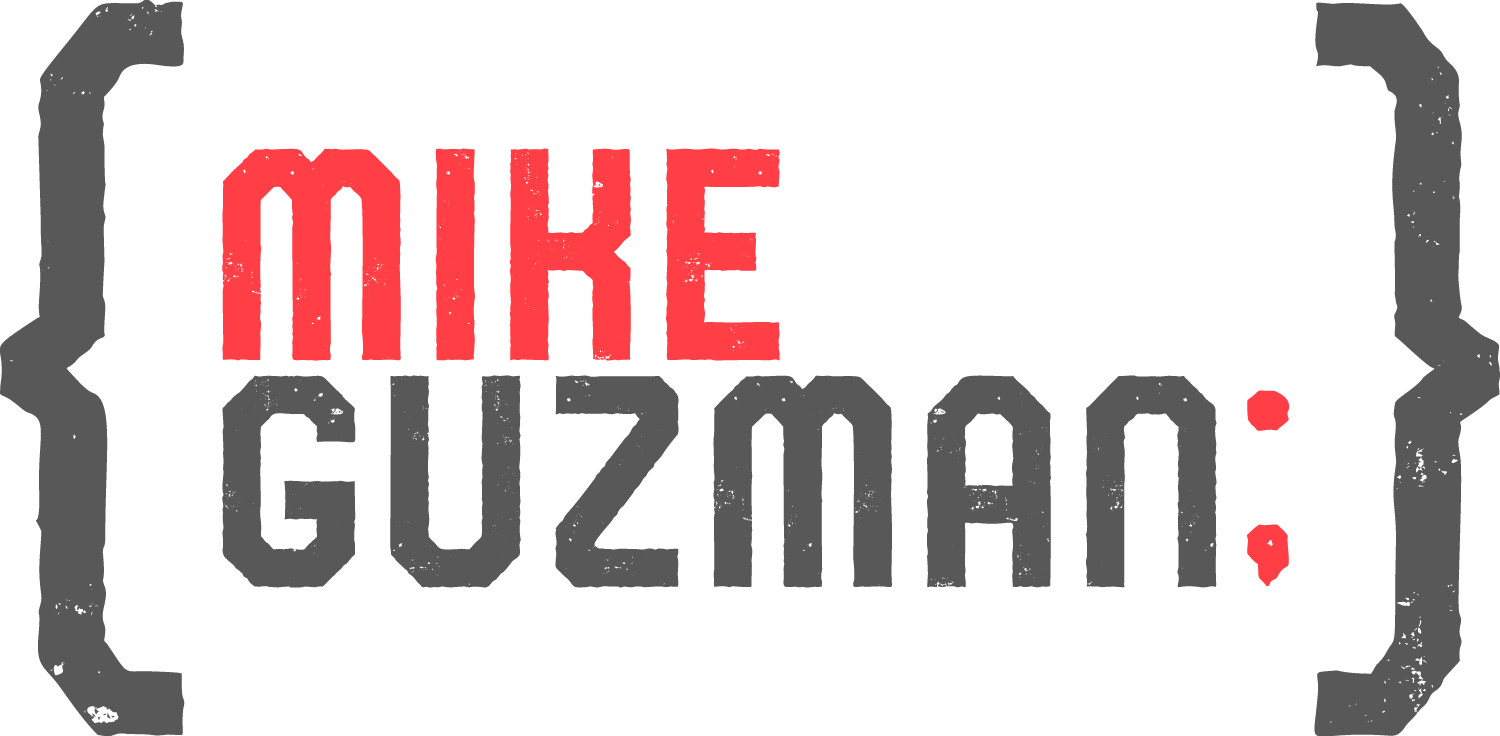Category Progra 1
Design and Implementation
Basic Programming Topics
Programming is the process of creating instructions that a computer can execute to perform a specific task. It allows us to automate tasks, build applications, and solve complex problems. In this introductory guide, we will explore some of the fundamental concepts of programming that every beginner should be familiar with.

Content List
Principles of Programming
Programming fundamentals encompass a wide range of concepts, but two key areas are understanding the basic principles of programming and knowing about the different types of memory used in computer systems. Here’s an overview:
Basic Principles of Programming
- Variables and Data Types: These are the basic units for storing data. Data types such as integers, floating-point numbers, characters, and strings define the kind of data that can be stored.
- Control Structures: These include conditional statements (like
if,else) and loops (likefor,while) that control the flow of the program based on certain conditions. - Functions/Methods: Blocks of code that perform a specific task and can be reused. They help in modularizing the code.
- Data Structures: Ways to organize and store data efficiently, like arrays, lists, stacks, queues, trees, and graphs.
- Object-Oriented Programming (OOP): A paradigm that uses “objects” – data structures consisting of data fields and methods together with their interactions – to design applications and computer programs.
- Error Handling: Techniques to handle runtime errors and exceptions to ensure the stability of the program.
- Algorithm Development: Creating efficient algorithms to solve problems, focusing on performance in terms of time and memory usage.
Types of Memory in Computer Systems
- RAM (Random Access Memory): It’s the main memory used by a computer to store data for running applications. Data in RAM is volatile, meaning it’s lost when the power is turned off.
- ROM (Read-Only Memory): Non-volatile memory that holds instructions for starting up the computer. It cannot be easily altered or rewritten.
- Cache Memory: A smaller, faster type of volatile memory that stores copies of data from frequently used main memory locations for faster access.
- Virtual Memory: A memory management capability of an operating system that uses both hardware and software to allow a computer to compensate for physical memory shortages, by temporarily transferring data from random access memory to disk storage.
- Flash Memory: A type of non-volatile memory that is used for storage and transfer of data in devices like USB flash drives, SSDs, and memory cards.
- Registers: Small, fast memory locations in the CPU designed to hold data that is immediately needed for execution.
- Hard Drive Storage: Although not typically classified as ‘memory’ in the traditional sense, hard drives and SSDs are used for long-term data storage.
Understanding these fundamentals lays a solid foundation for delving deeper into more advanced programming concepts and computer architecture.
Object Oriented Programming
Object-Oriented Programming (OOP) is a programming paradigm based on the concept of “objects”, which can contain data, in the form of fields (often known as attributes or properties), and code, in the form of procedures (often known as methods).



